READ ALSO: The essential guide to an Italian Easter
In towns and cities across the country, Easter celebrations involve quirky traditions of sometimes mysterious origins.
Here are some of the strangest, which you should definitely try to check out if you find yourself in Italy for Easter.
Puppet burning
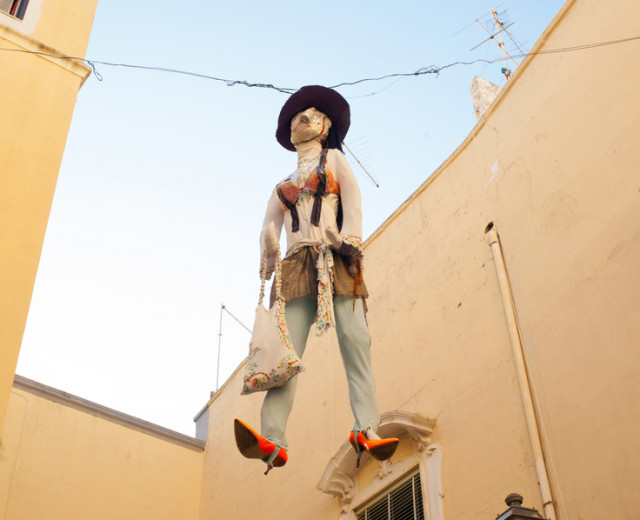 Photo: AntonioGravante/DepositPhotos
Photo: AntonioGravante/DepositPhotos
On the southern heel of Italy, around Gallipoli, puppets are hung from balconies all over town at the start of Lent, representing a witch – known as La Caremma – traditionally dressed all in black. She might be holding a spindle or an orange as a symbol of abstinence and frugality during the 40-day period, and is usually decorated with seven feathers, one for each Sunday of Lent.
On Easter Sunday, the puppets are burnt in a symbolic gesture to drive out bad spirits and welcome back Christ.
Cheese rolling
Video: Janelle Gistelli/YouTube
Known in Italian as ruzzolone, cheese rolling is a traditional game played across the regions of Tuscany, Emilia-Romagna, Umbria, Abruzzo, Marche, Lazio and Campania.
Though the origins of the tradition are unknown, many towns still hold contests at Easter. The primary objective is to roll a wheel of well-seasoned cheese as far as you can.
Egg Olympics
Video: Riccardo Paolini/YouTube
The Palio dell'uovo is an annual competition held between the four suburbs of Tredozio in Emilia-Romagna. The contest involves a number of events, all of which involve eggs.
Favourites include a timed race to find eggs hidden in haystacks, egg throwing contests and egg races – both eating as many eggs as you can, and running as far as you can without smashing your egg. The men compete each Easter Sunday while the women do battle on Easter Monday.
Surprisingly, this is a fairly modern tradition: the contest was first held in 1964.
Dancing devils
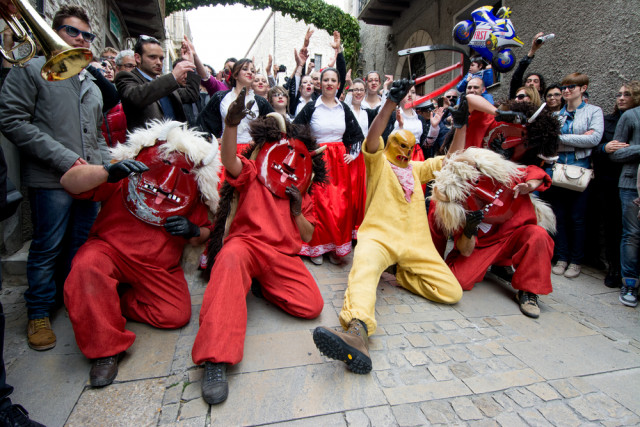
Photo: LuckyTD/DepositPhotos
In the Sicilian town of Prizzi, near Palermo, a strange and somewhat pagan tradition takes place on the morning of Easter Sunday and is known as the Dance of the Devils, or Il ballo dei diavoli.
Two masked devils wearing red and a figure in yellow representing death dance through the town bothering strangers. They will only leave their victims alone if they are offered money or something to eat.
One-armed tree lifting
Video: Salvatore Machì/YouTube
In the Sicilian coastal town of Terrasini the annual Easter celebration, La festa di li schietti, sees the town's men take it in turns to lift a freshly felled orange tree, weighing around 50 kilos, above their head – using just one arm.
Whoever manages to hold the tree aloft for the longest time wins the contest, which dates back to the mid-1800s.
Hard-boiled egg smashing
Video: Associazione Giochi Antichi/YouTube
Punta e cul is an ancient Easter game played in Urbino, Marche.
During the game, a circle of contestants take it in turns to smash the point of their hard-boiled eggs against the point of the egg of the person next to them in the circle. If they manage to break the shell of their opponent's egg with their strike they get to keep it as a prize.
Obviously, a broken hard-boiled egg is a pretty poor prize these days but the game dates back to a time when eggs were more valuable.
An exploding cart
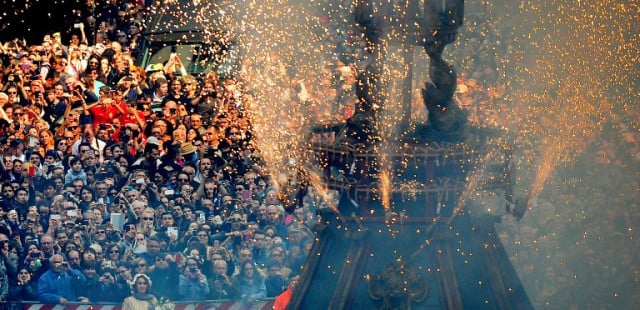
Photo: Tiziana Fabi/AFP
Lo scoppio del carro is an old Florentine tradition in which a cart filled with fireworks is wheeled around the city until it rests in front of the famous Duomo.
Then, the cardinal of Florence uses an ancient piece of flint dating back to the crusades to light a torch, which is in turn used to light a fuse attached to the cart and set off the fireworks.
A racing Madonna
Video: rete5tv/YouTube
How do you liven up an Easter procession of a statue of Immaculate Mary?
By sprinting with it as fast as you can, obviously. At least that's what happens each Easter Sunday in Sulmona, Abruzzo, during the procession of La Madonna che scappa (“the Madonna runs away”).
As the procession reaches the main square, the statue of the Madonna is marched in, where it 'sees' a statue of the resurrected Jesus on the opposite side. The statue bearers then begin to sprint towards it as fast as they can – the idea is to represent Mary's excitement as she realizes her son really is alive.
As they begin their sprint, the Madonna's black cloak of mourning falls off, a cloud of doves are released and firecrackers explode for dramatic effect.
Egg boules
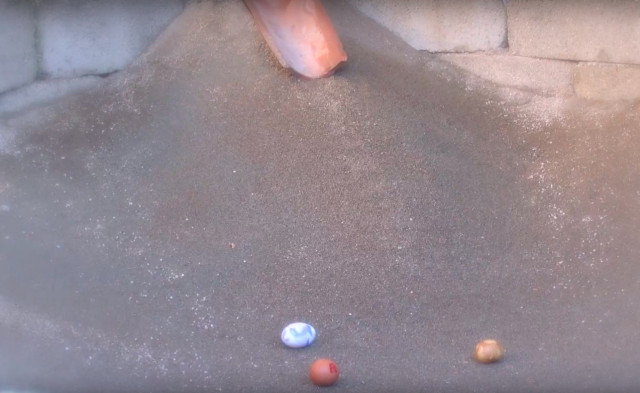
Screengrab: Walter Bier/YouTube – watch the video here.
The games of Il Truc, played at Cividale del Friuli, in the Friuli-Venezia Giulia region of northern Italy, is a medieval version of bowls played using painted eggs.
But instead of being tossed, the eggs are rolled down a ramp into a pit lined with fine gravel. The objective of the game is to roll your egg into the other eggs in the pit to score points. Egg-citing stuff.
READ ALSO: 12 Italian Easter foods you have to try at least once

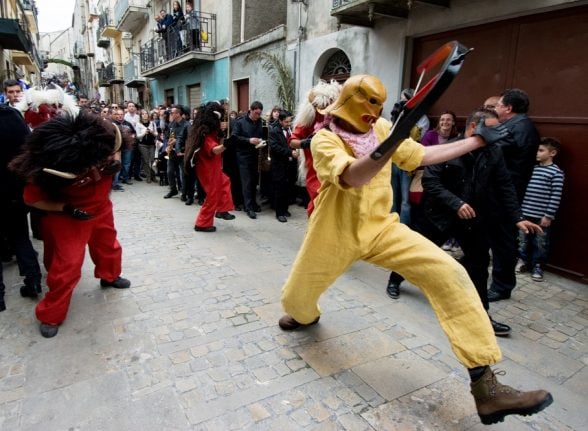
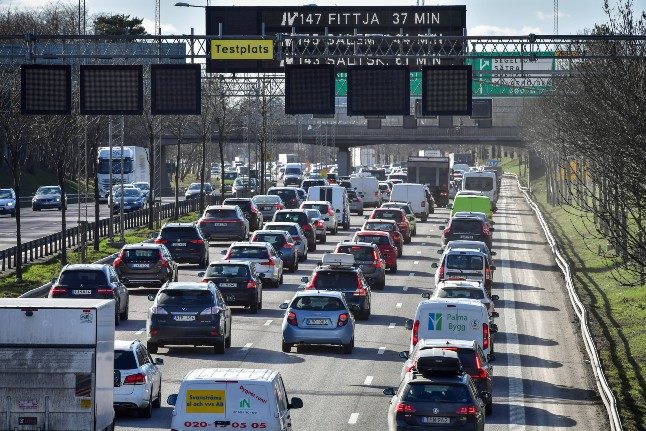
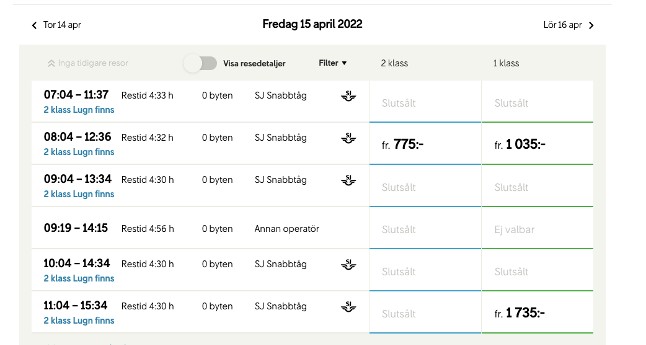
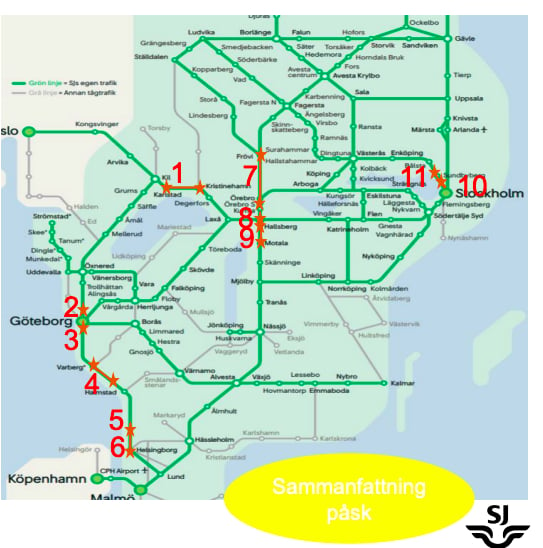
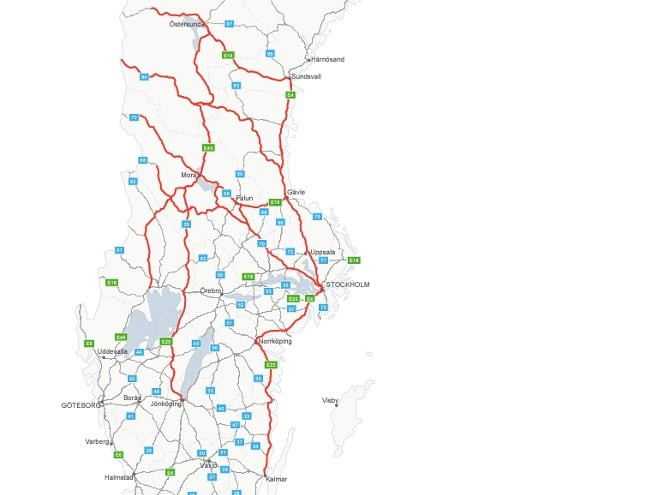
 Please whitelist us to continue reading.
Please whitelist us to continue reading.